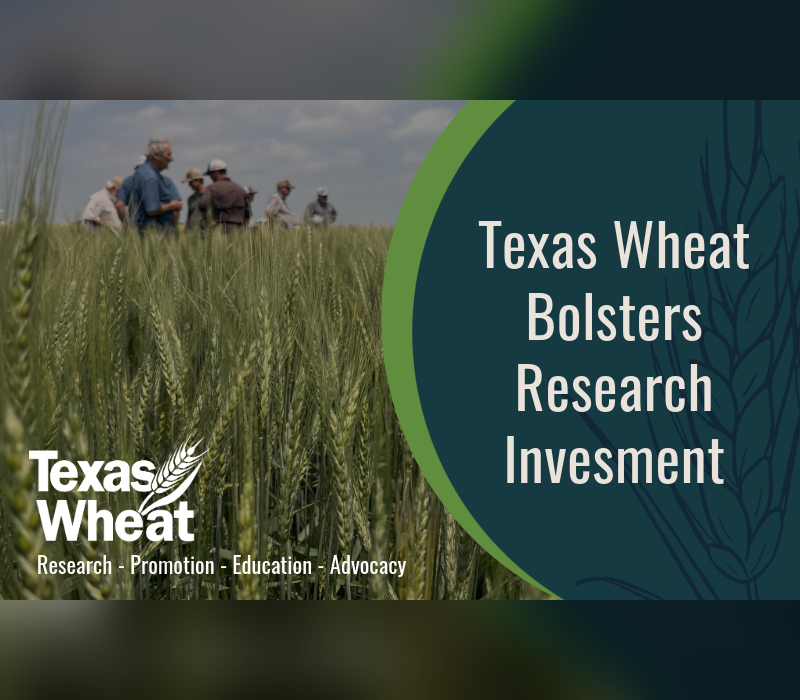Each fall marks the beginning of a new cycle of field research for Texas wheat. For decades, wheat research in the state has focused on key areas such as variety development, advanced breeding techniques, and disease and insect resistance. In 2024, a new chapter in this ongoing effort has emerged, with a focus on exploring the ancestral history of wheat to unlock new genetic potential.
Texas Wheat Partners with Wheat Genetics Resource Center
During the 2024 budget cycle, the Texas Wheat Producers Board (TWPB) voted to join other state wheat organizations and industry representatives to support the Wheat Genetics Resource Center Industry University Cooperative Research Center (IUCRC). This partnership is a critical step in advancing wheat research on a regional level, with a specific focus on the center’s extensive collection of wheat germplasm. The WGRC has been gathering and maintaining this germplasm for over 40 years, providing a valuable resource for breeding programs across the world. The current IUCRC funding cycle will support six major research projects, one of which is being led by Texas scientists.
Exploring Novel Traits for Root Health and Resistance
One of the most innovative projects supported by this funding is a research initiative aimed at identifying desirable root traits in wheat varieties. Dr. Okumoto Sakiko, a Texas-based researcher, will lead this work, using magnetic resonance imaging (MRI) to examine wheat lines for root characteristics that improve plant health and resilience. This novel approach has the potential to significantly enhance wheat production, particularly in Texas, where managing water and resiliency to heat and drought stress is critical.
“We believe Texas farmers stand to benefit greatly from the research conducted within the IUCRC. This investment is a key part of our efforts to bring value to wheat farmers,” said Chet Creel, TWPB Chair. “The potential to bring in beneficial traits from wheat’s ancestors is exciting. As farmers, we face production challenges every year. Having access to cutting-edge research that strengthens the resilience of our wheat varieties is crucial to managing these threats.”
Strengthening Industry Partnerships
The board also views this partnership as an opportunity to expand its influence and network with key industry partners.
“One of the most exciting aspects of this collaboration is the ability to work alongside companies, researchers and key partners in the wheat industry,” said Steelee Fischbacher, TWPB Executive Director. “It is very meaningful to have a focused effort for wheat research that includes farmers, millers, and input providers across the supply chain.”
By joining forces with other state organizations and industry leaders, the board will aim to build and improve on current Texas-focused research efforts.
Ongoing Research in Texas: Building on Decades of Progress
Complementary wheat research has been underway in Texas for over a decade. Dr. Jackie Rudd, a wheat breeder at Texas A&M AgriLife Research in Amarillo, has made significant strides in sifting through wheat lines derived from wild collections. These lines show promise in enhancing disease resistance and improving overall crop performance.
In addition to the collaboration with the IUCRC, the board has funded a wide array of research projects for the current fiscal year, including wheat breeding programs, end-use quality testing, gene-based breeding, regional agronomic studies, and pest management research focusing on wheat curl mite and hessian fly.
Conclusion: A Strong Future for Texas Wheat
As the wheat industry faces evolving challenges from pests, disease, and environmental pressures, investment in cutting-edge research is crucial for sustaining growth and maintaining competitiveness. Through partnerships like the one with the IUCRC, Texas wheat producers are positioning themselves to meet these challenges head-on, ensuring a bright future for wheat farming in the Lone Star State.



